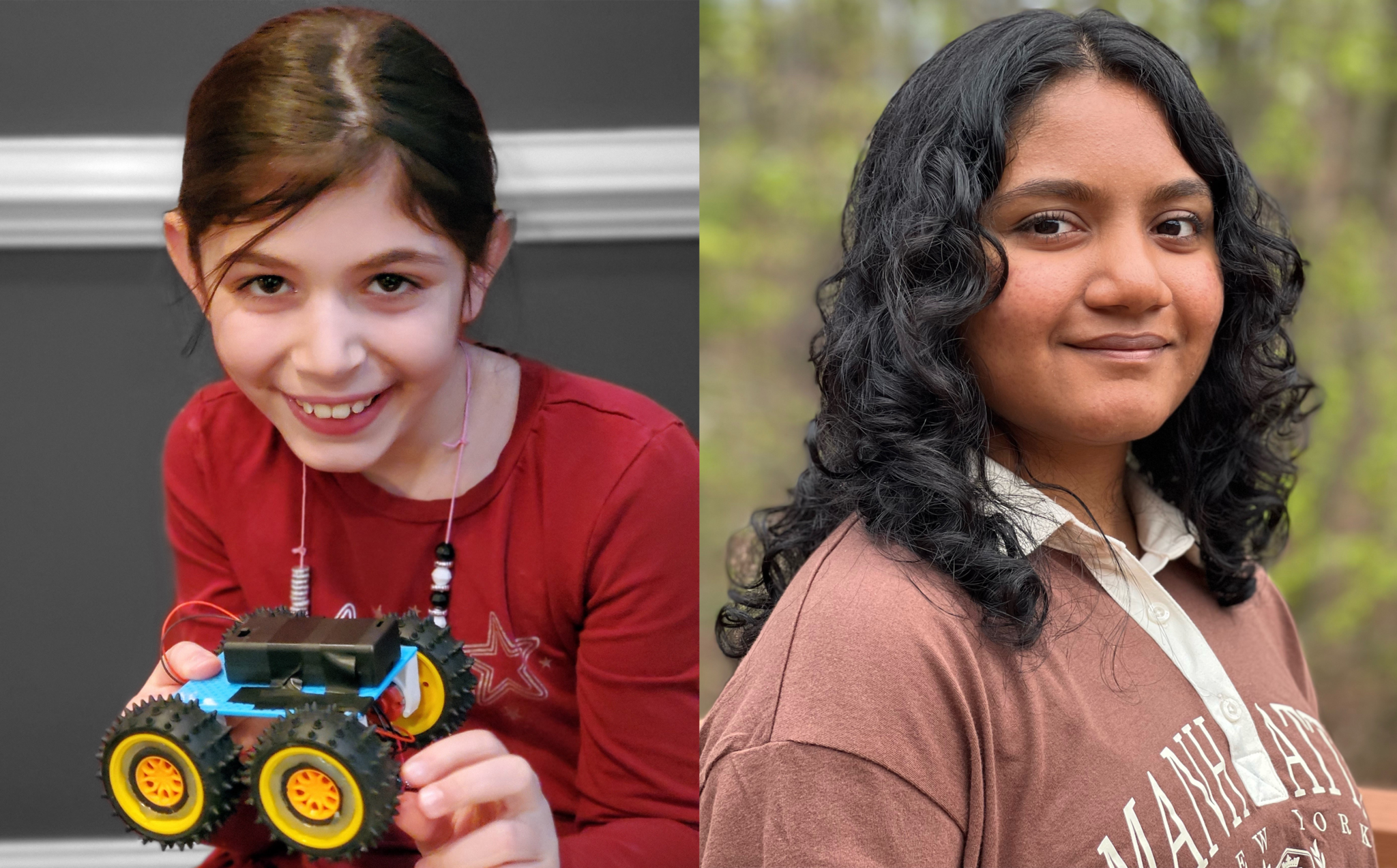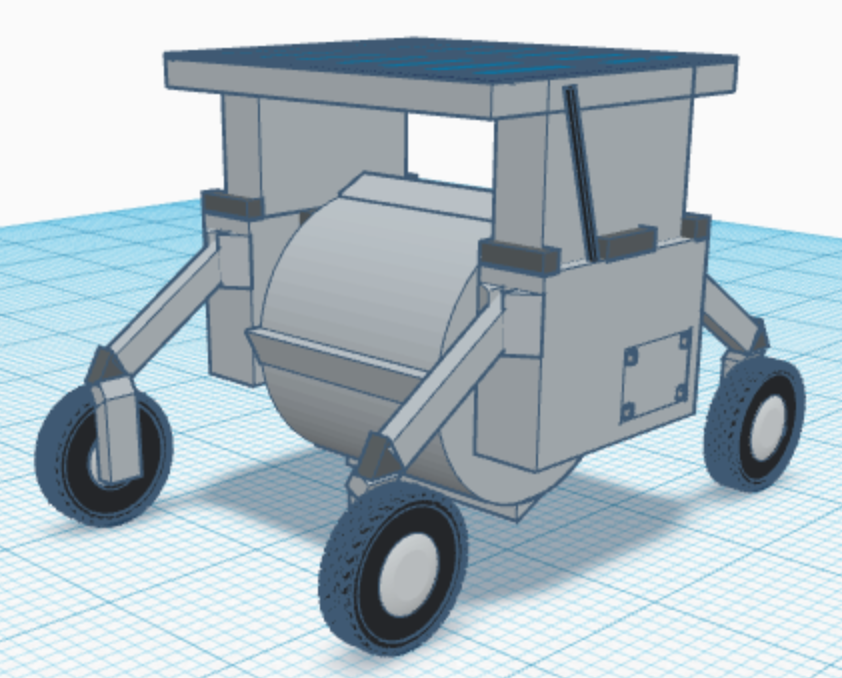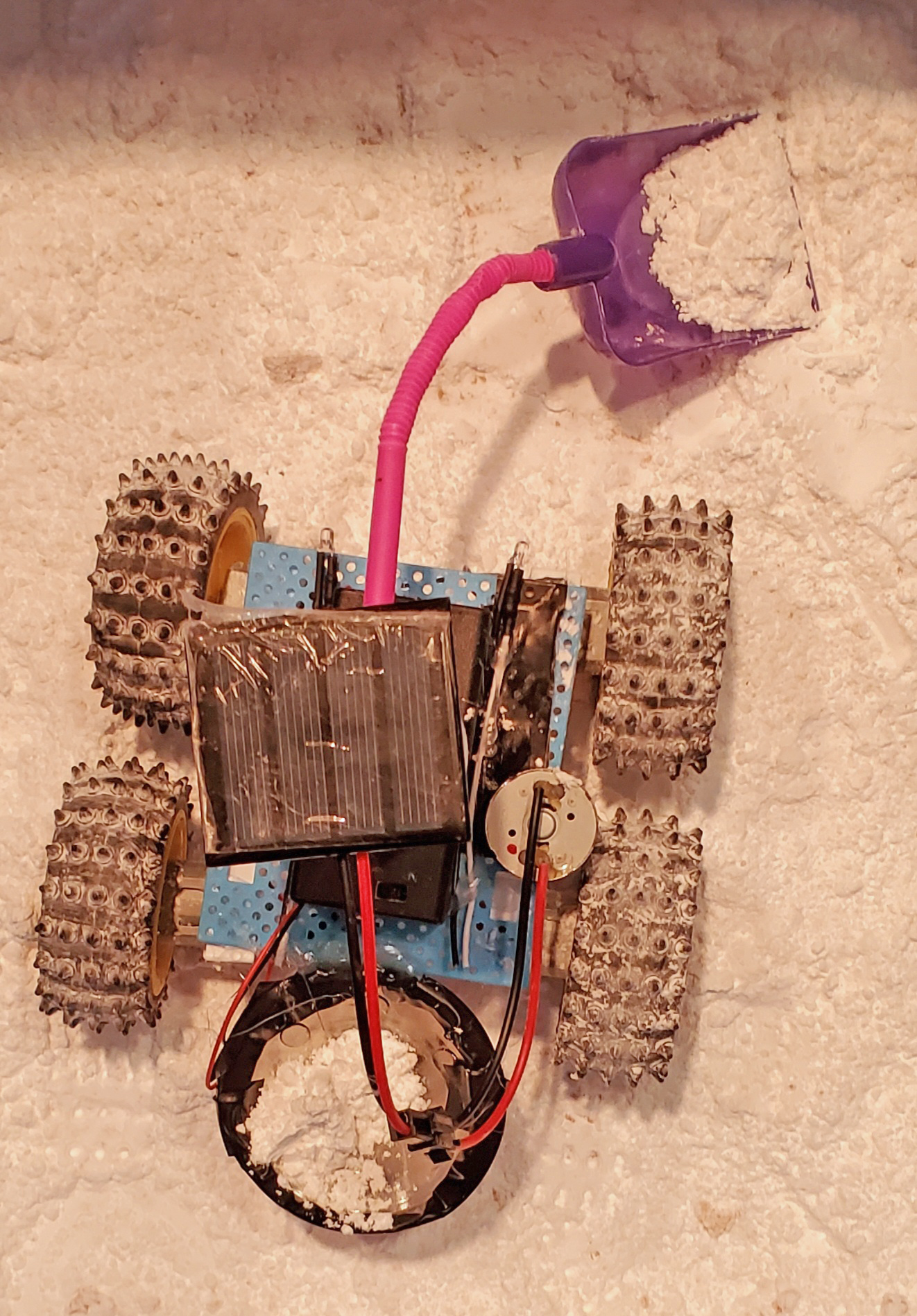By Jason Costa
NASA’s John F. Kennedy Space Center
NASA’s achievements have inspired generations of young students to dream big and to love science, technology, engineering, and math (STEM). This ongoing legacy was on full display during the agency’s 2022 Lunabotics Junior Contest, where approximately 2,300 members of the Artemis Generation helped the agency write the next chapter in lunar exploration.
The Lunabotics Junior Contest is a nationwide competition that tasks K-12 students with designing a robot capable of digging and moving lunar soil – or regolith – from one area of the lunar South Pole to a holding container near a future Artemis Moon base.
“This competition is another example of how NASA’s STEM initiatives create opportunities to inspire young minds, and that’s great for the students, the agency, and even greater for human progress,” said Kennedy Space Center Director Janet Petro. “Many of these kids will go on to careers in STEM and hopefully become the next generation at NASA. I was honored to meet Lucia and Shriya and encourage them to embrace the challenges of learning as they continue to a bright future in STEM!”
Two designers emerged victorious in their respective age categories with robot designs no larger than 3.5 feet x 2 feet x 2 feet in size, and considerations that include physical and operational design elements, as well as how the robots handle fine lunar dust. Shriya Sawant, 15, of Cumming, Georgia, for Grades 6-12 with her RAD: Regolith Accretion Device design; and Lucia Grisanti, 9, from Toms River, New Jersey, for Grades K-5 with her design of Olympus.
Like many of the engineers, scientists, and astronauts working for NASA today, both young designers credit the agency and its achievements as inspiration on their STEM journeys.
“I developed an interest in STEM when I visited the Kennedy Space Center at a very young age,” Shriya said. “Growing up, I was fascinated by videos of the astronauts in the International Space Station experimenting with water in microgravity and explaining their daily routines in space.”
“The Perseverance Rover and Ingenuity helicopter excite me,” Lucia said. “I’m really excited about the Lucy mission because I’m interested in the asteroid belt. All NASA’s projects excite me!”
Building on her knowledge of NASA rovers, Shriya designed an autonomous robot that would use a bucket drum to excavate soil in a creative way. Her system addressed the challenges of reduced gravity on the Moon, lunar dust contamination, navigating rough terrain, and ensuring the robot stays balanced during excavation and transport.
“I studied past successful robots like the Apollo Lunar Roving Vehicle and in-development RASSOR 2.0 and how they were designed to operate on the Moon,” Shriya said. “My design process revolved around the criteria of how I can maximize the amount of regolith the robot can collect and transport efficiently in a certain time period while also maintaining a low risk of failure. I had at least seven of my previous designs intended to be my final design before I decided to go back and change an aspect of it.”
Lucia’s solar-powered robot, Olympus – named for its significance as the home of Apollo and Artemis, the agency’s past and present Moon missions – uses spiked wheels to traverse the lunar surface and scoop regolith into a cone-shaped collector to separate large rocks from dust. Buoyed by her interest in Mars and NASA’s rovers, Lucia began studying robotics during the pandemic and made good use of parts she acquired during previous builds for use during the contest.
“The Mars rovers Spirit and Opportunity got me excited about engineering – I watch a documentary about Spirit and Opportunity almost every night,” said Lucia. “I figured out how to build my robot as I did it. I have robot parts that I use to build robots, and I used them to build Olympus.”
All design entries for the contest were voted on by nearly 500 volunteer judges comprising educators, professionals, and space enthusiasts. Twenty semifinalists won a Lunabotics Junior Prize Pack, eight finalists won a virtual education session with a NASA expert, and for winning their respective grade categories – and overcoming odds of less than a one-tenth of one percent – Shriya and Lucia each won the grand prize of a one-on-one virtual chat with Petro, Kennedy’s director.
There’s no telling where the STEM journeys will lead for this year’s winners – or the nearly 2,300 other Lunabotics Junior competitors – but with so many great young minds enthusiastic about STEM, the biggest winner may turn out to be the NASA workforce of the future.
“I had a lot of fun doing the Lunabotics contest,” said Lucia. “If I could pick a job to do in the future it would be an engineer, and I would work for the Jet Propulsion Lab building rovers for Pluto, Venus, Ceres, and Makemake.”
“I loved participating in the Lunabotics challenge!” said Shriya. “I am always amazed by the monumental milestones NASA has reached and what it strives to do today, from the Apollo program to the upcoming Artemis missions. My plans for the future would be to make a contribution to the world of space exploration – I definitely plan to pursue a career in aerospace engineering and robotics.”
Funded by NASA’s Space Operations Mission Directorate, the student challenge supports the agency’s Office of STEM Engagement and is part of NASA’s efforts to engage the public in its missions to the Moon and Mars.






























